The Evolution of Board Games: How Have Board Games Changed Over Time?
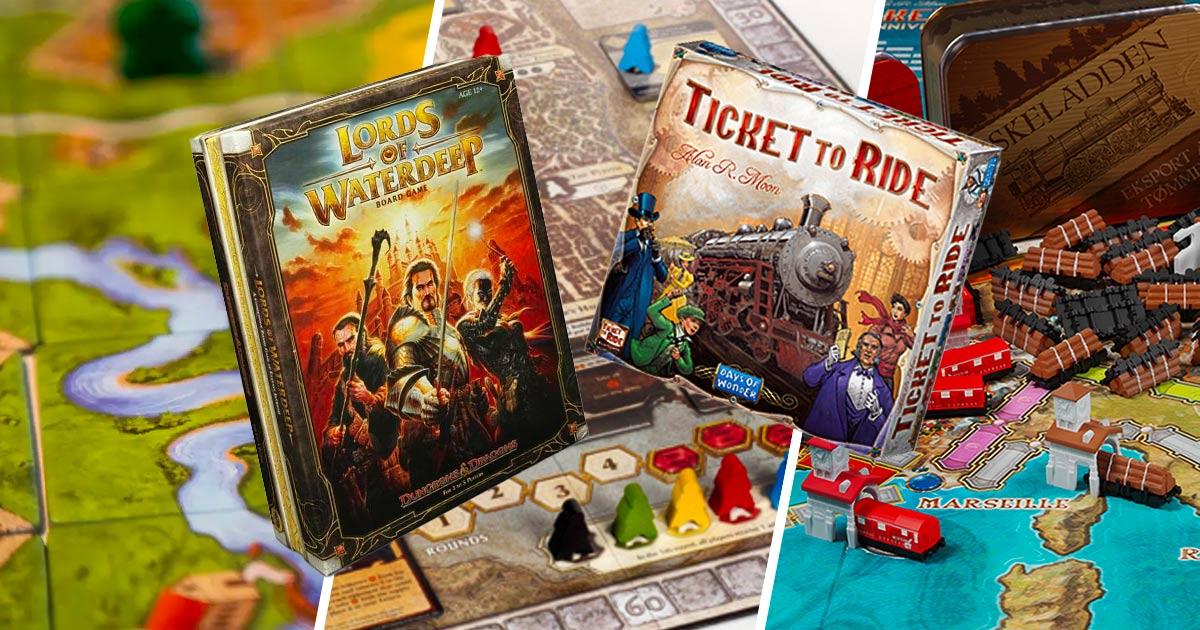
Board games have been an integral part of human culture and entertainment for millennia, evolving and adapting with the passage of time. When people hear the term ‘board games,’ they often think of classics like Monopoly, Scrabble, or Risk. However, the history of board games stretches back much further than these iconic titles, with their roots dating back to ancient civilizations.
I. Ancient Beginnings: The First Board Games
The history of board games stretches back to ancient civilizations, with early examples dating back as far as 3500 BC. Games like Senet, played in ancient Egypt, the Royal Game of Ur from Mesopotamia, and Pachisi from India were enjoyed by people across cultures. These games often had religious or spiritual significance, with some even believed to have predictive powers.
Senet
Senet is an ancient Egyptian game played on a board with 30 squares arranged in 3 rows of 10. Each player has 5 pawns that are placed on the first row. Players take turns throwing 4 casting sticks or knucklebones to determine the number of spaces to move a pawn, ranging from 1 to 5. The goal is to move all your pawns off the board by following a specific path while attempting to block or capture your opponent’s pawns. The first player to remove all their pawns from the board wins.
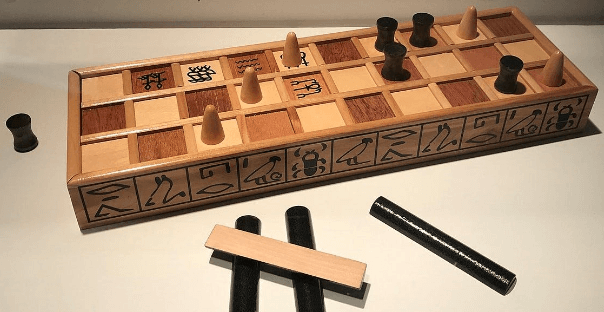
Royal Game of Ur
The Royal Game of Ur is played on a board with 20 squares arranged in an asymmetrical pattern. Each player has 7 pawns and 4 tetrahedral dice with two corners marked. Players take turns rolling the dice and moving a pawn the number of marked corners shown on the dice, which can be anywhere from 1 to 4. Pawns move along a set path, with some shared spaces where they can interact with the opponent’s pawns. The objective is to move all your pawns off the board before your opponent does.
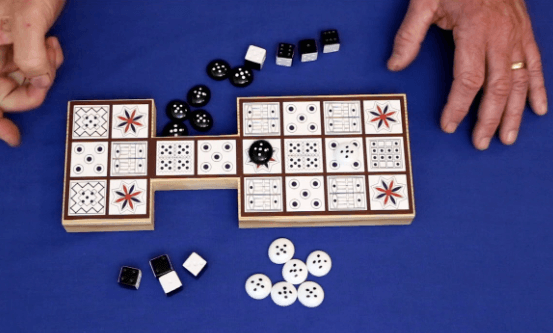
Pachisi (Ludo)
Pachisi, also known as Ludo, is played on a cross-shaped board with each player having 4 pawns and a single 6-sided die. Each player starts with their pawns in their respective “home” area. To move a pawn out of the home area onto the board, a player must roll a 6.
Players take turns rolling the die and moving a pawn the number of spaces shown on the die. Pawns move around the board, with the goal of reaching their respective “finish” areas. When a pawn lands on an opposing pawn, the adversary’s pawn returns to their home zone. The game is won by the first player who successfully moves all their pawns into the finish area.
Board games act as both a form of amusement and a representation of the principles and convictions of the communities that developed them.
II. Dice Through the Ages: A Fundamental Component
Dice have been a crucial element in many board games throughout history. They have taken various forms, from simple bone or stone cubes in ancient civilizations to the familiar six-sided dice we know today.
Dice games are a category of games that primarily use dice as the main component for gameplay. They can be played with various types of dice, such as six-sided or polyhedral dice, and can involve different mechanics, strategies, and themes
Dice games were popular across different cultures, including the Roman Empire, where they were known as “Tali.” The use of dice introduced an element of chance and unpredictability into gameplay, making it more exciting and engaging for players.
III. The European Renaissance: Refinement and Expansion
During the European Renaissance, board games underwent further development and refinement. Chess, a game with roots in 6th-century India, became widely popular in Europe and evolved into its modern form. The Renaissance also witnessed the emergence of new games, such as backgammon and various card games.
Chess
Chess takes place on an 8×8 grid, with each player possessing 16 pieces: 1 king, 1 queen, 2 rooks, 2 knights, 2 bishops, and 8 pawns. Players alternate turns moving a single piece based on its unique movement capabilities. The goal is to achieve “checkmate” by trapping the opponent’s king so it cannot evade capture. A draw may occur if neither player can force a checkmate.
Backgammon
Backgammon uses a board featuring 24 triangular points divided into four sections. Each player has 15 checkers and two six-sided dice. The aim is to navigate all your checkers around the board and subsequently remove them before your competitor does.
Players take turns rolling the dice and moving their checkers according to the numbers rolled. Checkers can only move to open points or points occupied by a single opposing checker, which gets “hit” and placed on the bar. A player must have all their checkers in their home quadrant before they can start removing them from the board. The first player to remove all their checkers wins.
These games often incorporated elements of strategy and skill, reflecting the intellectual pursuits and interests of the era.
IV. The 20th Century: The Golden Age of Board Games
The 20th century saw a boom in the popularity of board games, thanks in part to mass production techniques and widespread distribution. This era brought forth iconic titles such as Monopoly, Clue, and Scrabble, which still capture the imagination of players today.
Monopoly
Monopoly is a property trading game where players aim to acquire wealth by buying, renting, and trading properties. Players move around the board using dice rolls, buying unowned properties, or paying rent on owned ones. They can develop properties with houses and hotels to increase rent. The goal is to bankrupt opponents, becoming the last player with money or assets.
Clue
Clue, or Cluedo, is a murder mystery game where players take on the roles of suspects trying to solve a crime. They move around a mansion board, entering rooms to make suggestions about the crime. Other players reveal cards that disprove suggestions. Through deduction, players aim to identify the correct suspect, weapon, and room. The first successful accuser wins.
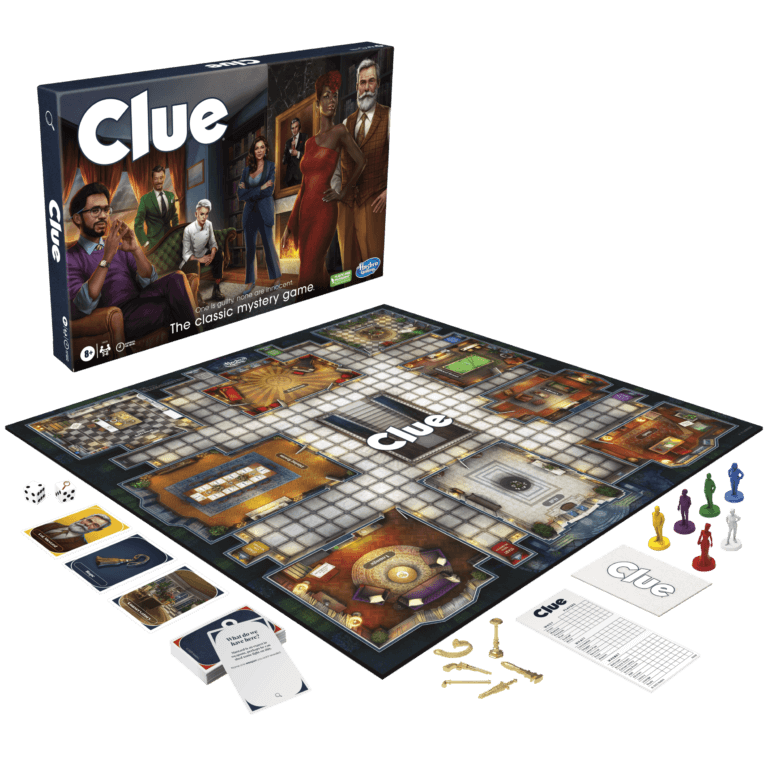
Scrabble
Scrabble is a word game where players use lettered tiles to create words on a grid-like board. Every letter carries a specific point value, with the objective being to form high-point words. Players connect words in a crossword-like fashion, scoring points based on letter values and bonus squares. The game continues until all tiles are used, and the player with the highest score wins.
Board games became a staple of family gatherings and social events, providing hours of entertainment and friendly competition. The success of these games laid the foundation for the diverse and thriving board game landscape we see today.
V. The Modern Board Game Renaissance: Innovation and Diversity
In recent years, the world of board games has undergone a renaissance of its own, with a surge in innovative, engaging, and complex titles. Modern board games offer a wide variety of themes, mechanics, and styles, catering to diverse interests and tastes.
From cooperative games like Pandemic to strategy-heavy titles like Catan, the contemporary board game landscape is richer than ever before. This resurgence in popularity has also led to the growth of board game communities, both online and offline, where enthusiasts can share their passion and engage in lively discussions about their favorite games.
Pandemic
Pandemic is a cooperative game where players assume roles with unique abilities to find cures for 4 diseases on a world map. They work together, performing actions like moving, treating diseases, and building research stations. Infections occur after each turn, and “epidemic” cards can worsen the spread. Players win by curing all diseases but lose if outbreaks are too numerous or time runs out.
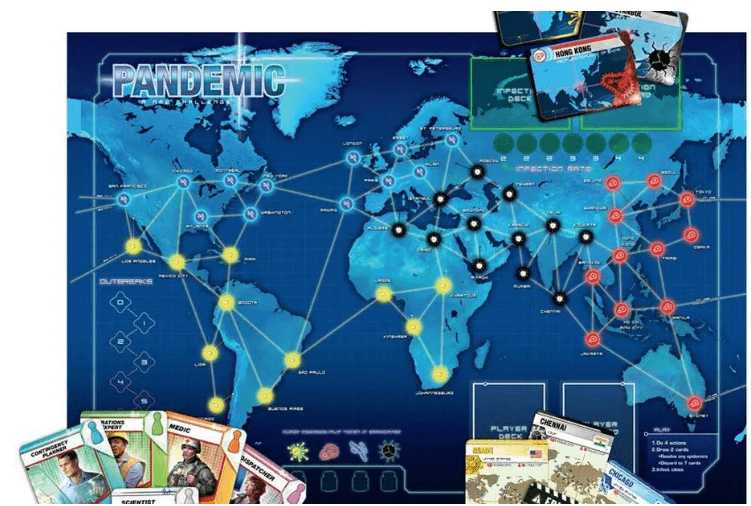
Catan
Catan is a strategy game played on a modular board of hexagonal resource tiles. Players place settlements and roads, then roll dice to collect resources based on tile production. They use resources to build structures and buy development cards, trade resources, and aim for 10 victory points through settlements, cities, cards, and achievements.
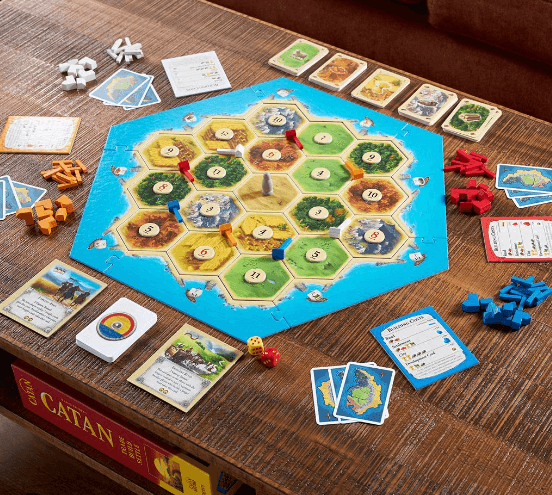
VI. Embracing Technology: Board Game Alternatives on Gaming Apps
As technology has advanced, so too have the ways in which we enjoy board games. Board game alternatives on gaming apps have become increasingly popular, allowing players to experience their favorite games in a digital format.
Apps such as Ticket to Ride, Carcassonne, and Lords of Waterdeep recreate the tactile experience of physical board games while offering the convenience and accessibility of digital play.
Ticket to Ride
Ticket to Ride is a railway-themed board game where players aim to connect cities on a map using colored train cars. Players collect sets of matching train cards and use them to claim railway routes between cities, earning points based on route length. They also complete secret destination tickets for additional points. The player with the most points at the end of the game wins.
Carcassonne
Carcassonne is a tile-placement game where players create a landscape by placing square tiles featuring cities, roads, fields, and monasteries. Players take turns drawing and placing tiles, ensuring that the new tile connects logically to adjacent tiles. They also place followers, or “meeples,” on tiles to score points based on completed features. The player with the most points when all tiles are placed wins.
Lords of Waterdeep
Lords of Waterdeep is a worker-placement strategy game set in the Dungeons & Dragons universe. Players assume the roles of secret rulers competing for control over the city of Waterdeep. They take turns placing agents on the board to collect resources, recruit adventurers, and complete quests for victory points. Players can also build structures for additional benefits. The player with the most victory points after eight rounds wins.
These applications facilitate connections between players globally, promoting a sense of unity and friendship among board game aficionados.
In conclusion, the journey of board games from ancient origins to the present day is a fascinating tale of evolution and adaptation. Today, they offer a rich and diverse array of experiences, from traditional classics to innovative modern titles. With the advent of digital gaming apps, the future of board games is undoubtedly bright, ensuring their continued evolution and enjoyment for generations to come.

